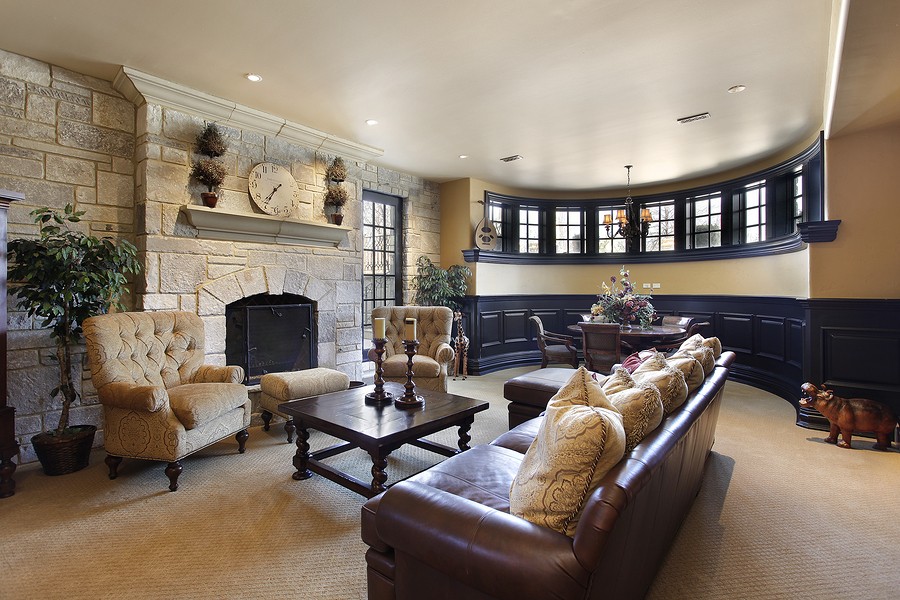It happens every time. You’ve read about the nasty effects of water damage, and you’ve resolved to make sure your house stays as dry as a bone. Leaping into action, you’ve conscientiously made sure that your window and door seals are tight, your roof is in excellent repair, and your gutters are clear and in good working order. Good for you!
Then you amble on down to the cellar, and freeze in place, horrified by the sight of water seeping in!
What … the …
But don’t worry! Below are three fast fixes that you can implement in order to combat that wet basement.
Divert The Rain Water More Effectively
This is one of those most simple and straightforward fixes, and in many cases is all you really need to do. According to the article, “4 Reasons Why a Wet Basement is Often an Easy Fix”, gutter and downspout issues are one of the most common causes of a leaky basement.
First of all, the gutters need to have proper fall, a half inch drop for every ten feet of gutter. Improper fall can result in falling rainwater overflowing from the gutter and collecting on the ground below, right next to your house’s foundation.
As far as the downspouts are concerned, they need to be fitted with a curved elbow or elbow extension, that will divert the water farther away from the house’s foundation. If the downspout is simply a vertical pipe with no such fitting, the water will simply pool under the spout, seep into the ground, then return for a visit by entering your basement. Elbows shunt it AWAY from your home, and as a rule of thumb, the water is being discharged at least five feet from the foundation.
Look For Cracks In Poured Concrete Walls
Concrete cracks; it happens. Sometimes it’s on some random spot on the wall, and sometimes it’s around the places where pipes and tie rods go through the wall. In any case, you can take care of these small trouble spots with either a masonry crack sealant product or injecting the crack with a construction-grade epoxy. Either of these products can be found at your local hardware store.
Keep Shrubs And Other Plants Away
Plants mean roots, roots indicate foundation problems, and that means water. Roots can actually serve as a conduit for water flow. That’s why shrubs and plants should be at least one foot away from your foundation, and on a slight slope, the better to facilitate water flow away from your house.
As for trees, they should be no closer than ten feet for small trees, and twenty feet for the larger shady trees. It’s the part of the tree that you don’t see that’s causing you most of the problems. Though admittedly the leaves falling from a tree that’s too close to your house could get into your gutters. The resulting mess can interfere with rain flow, and that means more problems.
If you’re having problems with cracks in the walls, you should check out “How To Protect Your Home Against The Risks Caused By Leaks Or Cracks In Basement Walls.”

